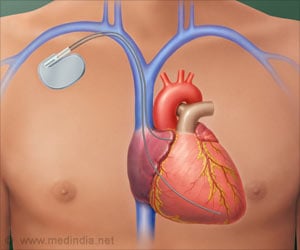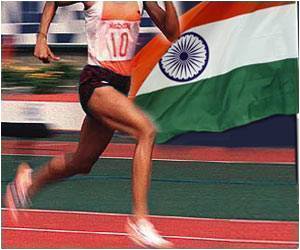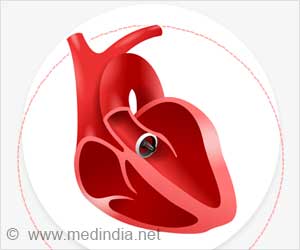The first dual chamber leadless pacemaker is successfully implanted in a child with congenital heart block, offering a safer, wire-free solution for active kids.

Dual Chamber Aveir Retrievable Leadless Pacemaker Implant via the Right Internal Jugular Vein in a 13-year-old With Congenital Complete Heart Block
Go to source). The patient, a 13-year-old, was referred to the UC Davis pediatric electrophysiology clinic due to presyncope—feeling lightheaded or dizzy without fainting—after being monitored for years for congenital complete heart block.
‘Did You Know?
In 1958, Arne Larsson in Sweden became the first patient to depend on an artificial cardiac pacemaker. He died in 2001 at age 86. #medindia #pacemaker #heart ’





In 1958, Arne Larsson in Sweden became the first patient to depend on an artificial cardiac pacemaker. He died in 2001 at age 86. #medindia #pacemaker #heart ’
Advertisement
Congenital Complete Heart Block in Children
Pacemakers are typically placed in children with congenital complete heart block, a rare condition that can lead to sudden death and affects 1 in about 15,000 to 22,000 children. Congenital complete heart block may occur due to repaired congenital heart disease or genetic predisposition. It can also be acquired from exposure to certain maternal antibodies.After serial electrocardiograms and Holter monitors showed progressively lower average heart rates, Cortez talked with the patient and their family about pacemaker options.
Advertisement
Leadless Pacemakers for Active Lifestyles
Dual chamber leadless pacemakers help regulate the heart’s rhythm by stimulating the heart’s upper (atrial) and lower (ventricular) chambers. Because the patient wanted to remain active in sports without restrictions, leadless pacing was presented as an option, and the family agreed.The AVEIR dual chamber leadless pacemaker was implanted via the patient’s right internal jugular vein (instead of the femoral vein) so the patient could move easily and return to sports sooner. The minimally invasive procedure took place in the UC Davis Electrophysiology Lab.
The patient had no complications during or after the procedure. Three months later, the patient was able to resume exercise and play sports.
Advertisement
Differences Between AVEIR and Traditional Pacemakers
The AVEIR device is different from traditional pacemakers in part because it has no leads or cords and is absorbed by the heart. It is also 10 times smaller than a traditional pacemaker. This pacemaker has been implanted in adults across the country since it received FDA approval in 2023.Safe and Effective Pacing Options for Kids
“Everyone, kids included, can now have the benefits of pacemakers without leads and without the complications that come with leads long term,” Cortez said. “No matter what kind of pacing a kid needs —atrial or ventricular, or both — they can now safely receive leadless pacing and, after the short recovery period, have no restrictions to their activity level.”In 2023, Cortez was the first physician in the world to implant a retrievable leadless pacemaker in a child. Five years prior to that, Cortez was the first physician in the world to implant a Micra single-chamber leadless pacemaker through the internal jugular vein in a child.
Reference:
- Dual Chamber Aveir Retrievable Leadless Pacemaker Implant via the Right Internal Jugular Vein in a 13-year-old With Congenital Complete Heart Block - (https://onlinelibrary.wiley.com/doi/10.1111/pace.15129)
Source-Eurekalert












